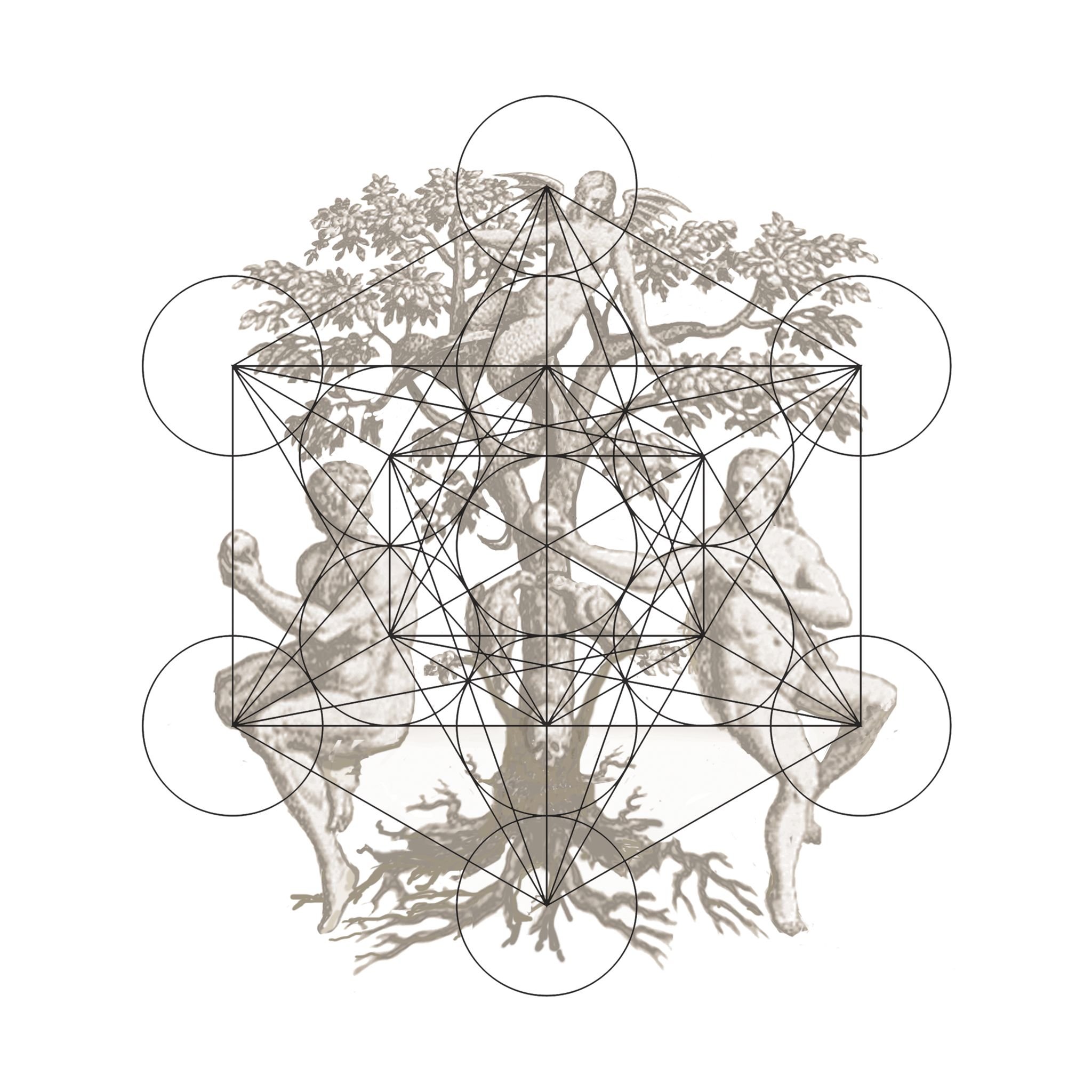
INTRODUCTION :
Samuel Beckett
This is Andrew Hardwick’s first exhibition at Millennium. As I write this introduction, A landmark retrospective of Peter Lanyon is being held at Tate, St Ives. As one would expect, a visit to this exhibition is a testament to the power of land and sea, but more specifically to Lanyon’s sense of place, his entwinement within that place. The suggestion of the skeleton fused with the granite underfoot.
Andrew Hardwick is, of course, a very different painter, but we can observe similarities. Certainly in a rawness of approach, but Hardwick’s paintings are also born from an intimate relationship with location. This relationship is extracted in part from Hardwick’s farming heritage. Their farm adjoined the Bristol Channel and included a large acreage of tidal salt marshes. ...
Read more/less
The shapes of these paintings are idiosyncratic and follow the energy of the image as I'm working. This allows me to emphasise features of the landscape; its form and its texture.
We see the dramatic shift in this landscape but also his personal history, for example in the painting ‘Ditches, Docks and Storage Car Park’ where the landscape of his childhood lurks beneath a car park where once the family sheep roamed, a place where the new world has superseded the archaic and we see the transition. In contrast, in the paintings ‘Estuary, Saltings, Sheep and Aeroplane’ and ‘Ogmore Coast’ the ghosts of crashed war aeroplanes become submerged by the terrain which surrounds them. The violent impact of what was then the modern world, now disintegrates and becomes entombed. This rapid transcience is also supported in the painting ‘Sand Bay’ where toy soldiers squirm in the soil of Hardwick’s childhood playground. The site had earlier been the location of an army camp and gun placement during the war.
All is fleeting, as the passing of time and geology of the earth seem to swallow up all that temporarily sit upon it - adding mass. Adding further delicate layers of history.
Where nostalgia is rendered with the use of toys, the application feels authentic. The intimation is emotive, suggesting triviality when compared to the heavy rendering of soil and stone. These trinkets - these memories, like all matter, become buried with the passing of time. Personally and universally - our own childhoods become lost.
It often seems that the pursuit of many landscape artists is to compete with beauty of the natural world; this objective sets up a competition with the muse, wrangling with its evocation of the majestic. Hardwick’s often large, cinematic panel paintings subvert these notions - the ego belongs to nature and we are reassuringly reminded of it. The beauty proffered is not conventional, or judgmental. These paintings are honest and unsentimental.
Hardwick’s raw surfaces appear almost attacked, with violent indiscriminate fervour - there is little concession towards fussiness or prettying. These are paintings that revel in material. Where paint, matter, earth and pigment, often from the direct source of the inspiration of a painting are poured and built in to a surface. They appear heavy but also fragile. That which appears delicate makes a consent to much considered ecological fragility. But the weight and the mass somehow reverts the balance in the argument, placing emphasis of the momentous power of the earth over us - a sanguine notion. We become just another fragile geological layer. Reminding us of our own loss of intimacy with our surroundings and in part our stain upon it - the inconsequence of our contemporary concerns. This is where I feel that their optimism lies; in that they confront our ego, by reminding us that some things are much bigger than us. Perhaps some things are more enduring.
Joseph Clarke
ONLINE CATALOGUE (click below) :
ARTIST INTERVIEW FILM :
EXHIBITION VIDEO TOUR :



